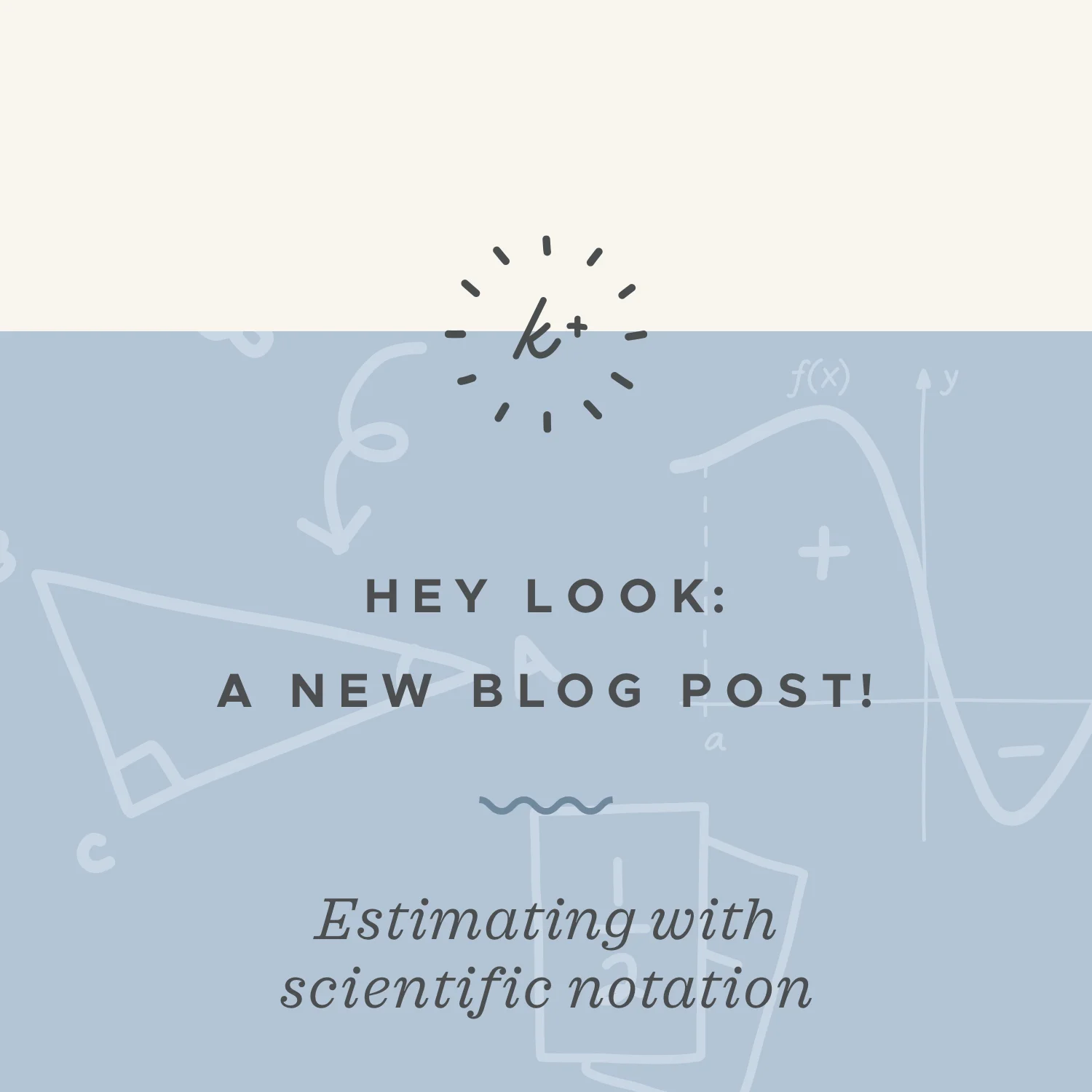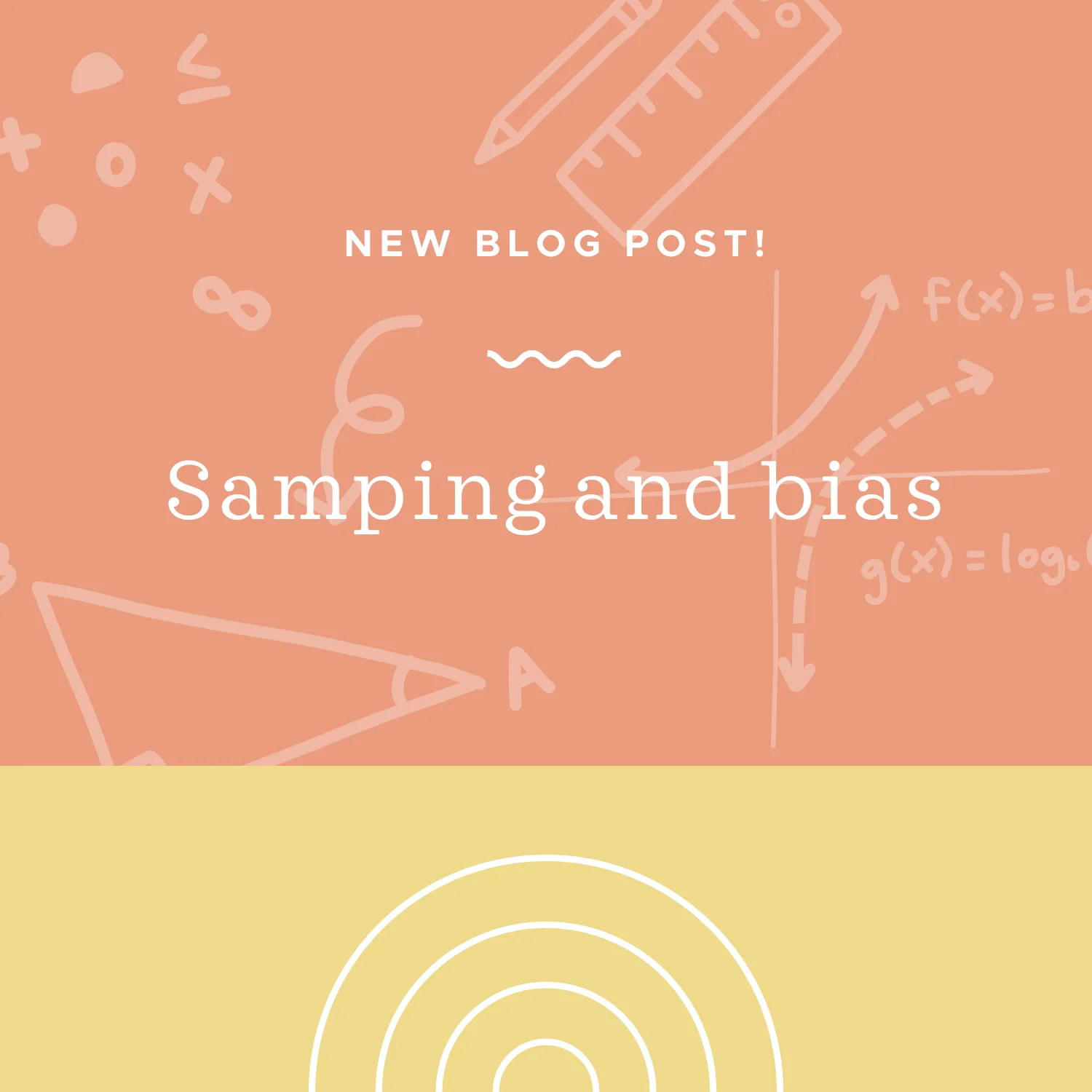Most of the time we’ll be finding exact values with scientific notation, but sometimes it’s nice just to get a quick estimate of the value of an expression. This is a simple process where we round the decimal numbers, and then do our multiplication and/or division. Obviously we don’t get a result that’s quite as accurate, but the process is a little quicker, so it’s a trade-off.
Read MoreSimilar triangles are the same shape but not the same size. Remember that if two triangles are both exactly the same shape, and exactly the same size, then they are identical and we say they’re “congruent.” In a pair of similar triangles, all three corresponding angle pairs are congruent and corresponding side pairs are proportional.
Read MoreWhen we want to find the combination of two vectors, we take just match up the initial point of the second vector with the terminal point of the first vector, and then we draw a new third vector from the initial point of the first to the terminal point of the second. We can do this with as many vectors as we want, we just keep matching up the initial point of the next vector to the terminal point of the previous, and then draw the combination from the initial point of the very first vector to the terminal point of the very last vector.
Read MoreThe convergence or divergence of the series depends on the value of L. The series converges absolutely if L<1, diverges if L>1 or if L is infinite, and is inconclusive if L=1. The root test is used most often when our series includes something raised to the nth power.
Read MoreSometimes we need to find partial derivatives for functions with three or more variables, and we’ll do it the same way we found partial derivatives for functions in two variables. We’ll take the derivative of the function with respect to each variable separately, which means we’ll end up with one partial derivative for each of our variables. When we take the derivative with respect to one variable, we’ll treat all the other variables as constants.
Read MoreChain rule is also often used with quotient rule. In other words, we always use the quotient rule to take the derivative of rational functions, but sometimes we’ll need to apply chain rule as well when parts of that rational function require it. Let’s look at an example of how these two derivative rules would be used together.
Read MoreIn this lesson we’ll look at an introduction to three-dimensional geometric figures, specifically nets, volume, and surface area of prisms. We want to be able to find the net and calculate the volume and surface area for different types of prisms, like rectangular, triangular, etc.
Read MoreIn this lesson we’ll look at factoring a polynomial using a method called grouping. When you have a polynomial, sometimes you can use factoring by grouping to help you get the factored parts. It means you need to look for terms in the polynomial that have values and terms in common and then group those parts together.
Read MoreThe ratio of the surface area, S, to the volume, V, can be expressed as a fraction S/V, or converted to a decimal. In order to find the ratio of the surface area to the volume, we have to first find the surface area of the prism and the volume of the prism.
Read MoreIn a perfect world, we want the sample to be representative of the population. If it were in fact perfectly representative, we might call it a representative sample, because the information we collect about the sample would “scale up” to the population.
Read MoreA linear equation is the equation of a line. When you graph a linear equation, it’s best to write the equation in slope-intercept form: y=mx+b. Remember that m is the slope of the line and b is the y-intercept (the y-coordinate of the point at which the line crosses the y-axis).
Read MoreFortunately, the derivatives of the hyperbolic functions are really similar to the derivatives of trig functions, so they’ll be pretty easy for us to remember. We only see a difference between the two when it comes to the derivative of cosine vs. the derivative of hyperbolic cosine.
Read MoreNotice how the power (exponent) on the 10 is the same as the number of 0’s in the power of 10 (in the number to the left of the parentheses). For example, the exponent in 10^4 is 4, and there are four 0’s in 10,000. The key thing to remember then is that, when we multiply a number by a power of 10, all we do is count the 0’s in the power of 10 and then move the decimal point that many places to the right in the other number, and that gives us the product.
Read MoreWe always lose the constant (term without a variable attached), when we take the derivative of a function. Which means we’re never going to get the constant back when we try to integrate our derivative. It’s lost forever. That is, unless we have an initial condition we can use to figure out what that constant was before we differentiated.
Read MoreTo find RMSE, you’ll find the residual for each data point, then square it. You’ll add up all of those square residuals, and then divide by n-1, just like when we were taking sample standard deviation, instead of population standard deviation. Then you’ll take the square root of that result, and you’ll get the standard deviation of the residuals.
Read MoreThe isosceles triangle theorem says that if two sides of a triangle are congruent, then its base angles are congruent. The base angles are the angles that touch the non-congruent leg. If we know that a triangle has two congruent sides, then we know it’s isosceles, and if we know that two interior angles are congruent, then we know the triangle is isosceles.
Read MoreFactoring of quadratic polynomials (second-degree polynomials) is done by “un-FOILing,” which means we start with the result of a FOIL problem and work backwards to find the two binomial factors.
Read MoreIn order to use the triple integral average value formula, we’ll have find the volume of the object, plus the domain of x, y, and z so that we can set limits of integration, turn the triple integral into an iterated integral, and replace dV with dzdydx.
Read MoreQuadratic functions are functions in the form ax^2+bx+c=0. Integrating functions that include a quadratic can sometimes be a little difficult. There are three methods we’ll use to evaluate quadratic integrals: substitution, partial fractions, and trigonometric substitution. You should try using these techniques in the order listed above, because substitution is the easiest and fastest, and trigonometric substitution is the longest and most difficult.
Read MoreIn the past, we used midpoint rule to estimate the area under a single variable function. We’d draw rectangles under the curve so that the midpoint at the top of each rectangle touched the graph of the function. Then we’d add the area of each rectangle together to find an approximation of the area under the curve. When we translate this into three-dimensional space, it means that we use three-dimensional rectangular prisms, instead of two-dimensional rectangles, to approximate the volume under a multivariable function.
Read More





















